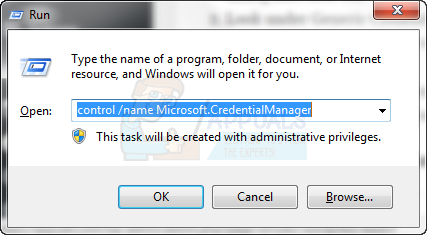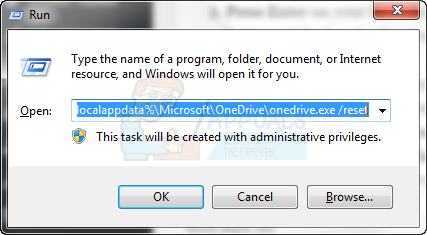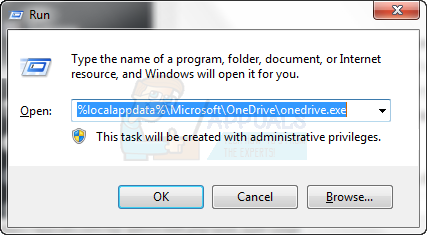How to Solve OneDrive Error “We can’t connect to https://d.docs.live.net/”
Using OneDrive allows you to access your Microsoft Office files on any device, anywhere in the world. However, some people experience problems with files updating and accessing certain documents. For some users, a sync symbol appears on their files in the file explorer. When they try to open it, the file either disappears or a prompt appears asking the user to log back into their Outlook or Windows Live account. After logging in, the user might encounter an error explaining that the file path may have changed, or receive relatable error messages indicating an issue we couldn’t resolve.
This can signify a problem with the Microsoft Office Upload Center. This system allows users to see the current state of their files that are being uploaded to a web server, like OneDrive. The system saves the file to your PC first, in the Office Document Cache folder, before uploading it. If you are experiencing the above-mentioned error, you could solve the problem by accessing the Microsoft Office Upload Center, viewing the files that are available, and deleting the contents of the cache folder. You can also try re-syncing your OneDrive account, which doesn’t affect your files, but does reset all of your options and settings.
Method 1: Remove Office Credentials
- Hold the Windows Key and Press R. Type control /name Microsoft.CredentialManager in the run dialog and click OK.

- Look under ‘Generic Credentials’ and you will see something like ‘MicrosoftOffice(number_Data)’, etc. This stores your details for synchronization with Microsoft, and it is typically required for OneDrive and if you’re using a cloud-based version of Office.
- Remove this entry and open any office application. On the top right corner, you will see an option to sign in. Please sign in again with your office credentials; this should resolve the issue.

Method 2: Resetting Your OneDrive
To reset your OneDrive, use the following instructions.
- Press the Windows key and the R key on your keyboard. This action will open the ‘Run’ dialog box. In the Run window, enter the following: %localappdata%\Microsoft\OneDrive\onedrive.exe /reset.

- Press Enter on your keyboard, and then you should notice that the OneDrive icon in your system tray (the bottom, right-hand side of your taskbar on your screen) should disappear. Don’t worry, as the icon will eventually re-appear.
- If your OneDrive icon doesn’t reappear on your taskbar after a few minutes, try another method. Once again, open the Run window and enter the following: %localappdata%\Microsoft\OneDrive\onedrive.exe.

- The previous step will re-open OneDrive after having previously reset its settings.
- Once you complete these steps, right-click the OneDrive logo on the system tray, select ‘Settings’, followed by ‘Choose Folders’. Here, you’ll see the folders set to sync. You can select which folders to sync and ensure that those you previously used are still syncing with OneDrive.
If this process doesn’t work, then the problem could be with your cache. In this instance, you can use the following steps to delete the contents of your cache folder in the Office Upload Center.
Method 3: Deleting Your Cache
To delete your Office Upload Center cache, simply do the following:
- If you’re running Windows 7, click the Start button and choose ‘All Programs’. Then, choose ‘Microsoft Office Tools’ where you should see the Microsoft Office Upload Center. Click this.
- If you are running Windows 8, 8.1 or 10, click Start, and in the search bar, type ‘Microsoft Upload Center’ and choose the option that appears.
- When the Upload Center is open, choose ‘Settings’.
- Click ‘Delete Cached Files’.
- Reboot your computer and try accessing your OneDrive files as normal.




